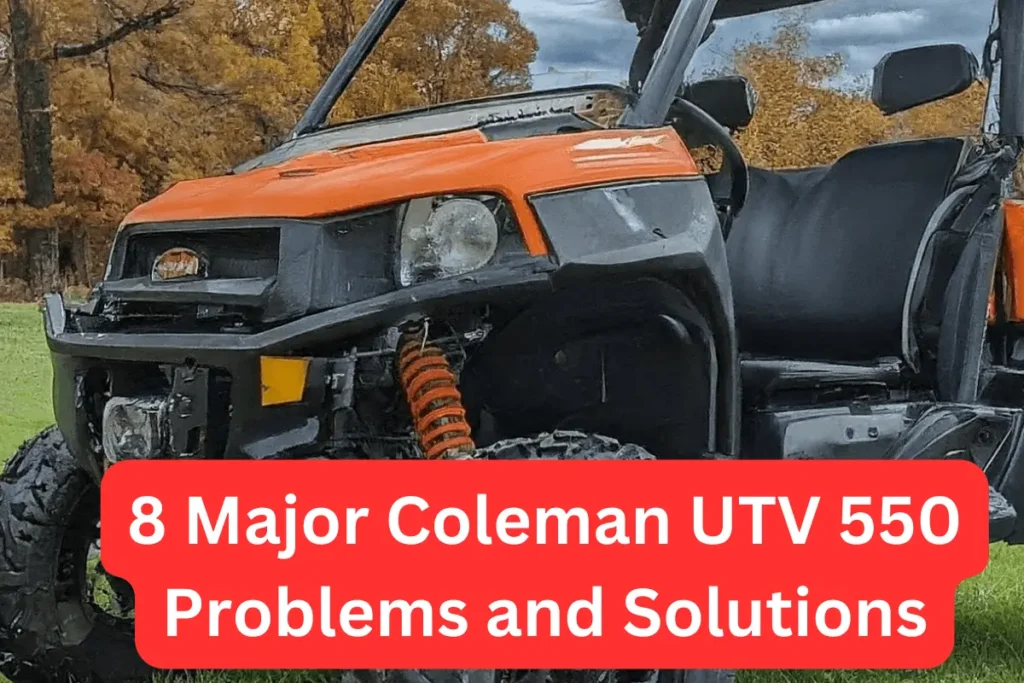The most common Kawasaki Mule 3010 problems are fuel pump issues, carburetor problems, transmission issues, throttle problems, accelerator issues, idle problems, won’t start, engine problems, brake problems and steering issues.
Here we explore these problems in detail and provide easy solutions to these issues.
Kawasaki Mule 3010 Problems and Solutions
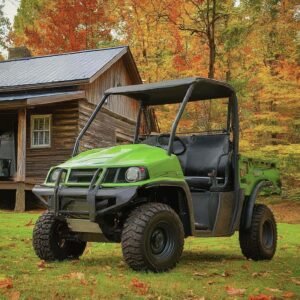
Now we are going to explore the most common problems of Kawasaki Mule UTV that you might face on offroading.
1. Fuel Pump Problems
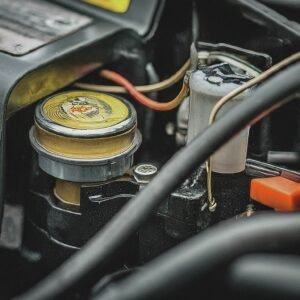
One frequent issue with the Kawasaki Mule 3010 fuel pump is a lack of fuel delivery, often due to a clogged fuel filter. This can cause the engine to sputter or fail to start.
Another common problem is the fuel pump relay failing, which disrupts the electrical power necessary for the pump to operate.
Additionally, worn-out or damaged wiring can lead to intermittent fuel pump performance.
Solutions
To solve these issues, start by checking the fuel filter. If it appears dirty or clogged, replacing it could restore proper fuel delivery.
Inspecting the fuel pump relay is also crucial; a faulty relay should be replaced to ensure consistent power supply to the pump. Furthermore, examine the wiring for any signs of wear or damage.
Replacing frayed or broken wires can resolve intermittent issues.
2. Carburetor Problems
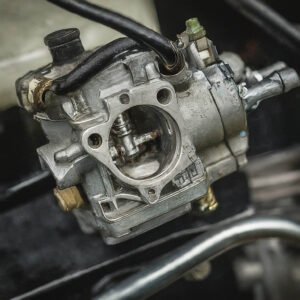
When diagnosing carburetor issues, it’s essential to consider several factors. First, check the fuel quality. Poor quality fuel can lead to clogging and inefficient combustion.
Second, inspect the fuel lines and filter for blockages. A blocked fuel line can prevent the right amount of fuel from reaching the engine.
Additionally, check for air leaks in the carburetor. Air leaks can cause a lean mixture, leading to engine misfires.
Solutions
Once you’ve identified the problem, implementing the correct solution is crucial. For a dirty or clogged carburetor, cleaning it thoroughly with a carburetor cleaner can resolve the issue.
If fuel quality is the problem, always use high-octane fuel and consider adding a fuel stabilizer. For blocked fuel lines, replacing the fuel lines and filter can ensure proper fuel flow.
3. Transmission Problems
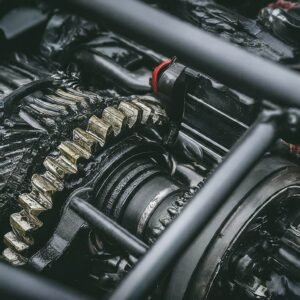
One of the most common problems with the Kawasaki Mule 3010 is difficulty in shifting gears. This can be attributed to a variety of factors, such as worn-out transmission components or incorrect gear oil levels.
Another frequent issue is transmission slipping, which occurs when the transmission unexpectedly shifts out of gear.
Diagnosing the Problems
To diagnose these issues, I recommend checking the gear oil level first. Low oil levels can cause gear shifting problems and transmission slipping. Make sure to use the oil type recommended by Kawasaki.
Additionally, inspecting the transmission belt for wear and tear is crucial. A worn-out belt can significantly impact transmission performance.
Solutions
For gear shifting issues, ensure the gear selector is correctly adjusted. This can often resolve minor shifting problems. If the gear oil is low, topping it up to the recommended level might solve the issue.
For persistent transmission slipping, replacing the transmission belt is often necessary. Regular maintenance and timely replacement of worn-out parts can prevent many transmission problems. Also explore the best offroad vehicles
4. Kawasaki Mule 3010 Throttle Problems

Several factors can contribute to throttle issues in the Kawasaki Mule 3010. One common problem is a sticky throttle, which can be caused by dirt and debris buildup in the throttle body.
Another issue is a sluggish response, often due to a worn-out throttle cable.
Additionally, a misaligned throttle position sensor (TPS) can lead to inconsistent throttle control.
Simple Solutions to Throttle Problems
Addressing throttle problems in your Kawasaki Mule 3010 doesn’t have to be daunting. Here are some practical solutions:
- Clean the Throttle Body: Regularly inspect and clean the throttle body to remove dirt and debris. This can be done using a throttle body cleaner and a soft brush.
- Replace the Throttle Cable: If you notice a sluggish response, it might be time to replace the throttle cable. Ensure you use a compatible cable for the Kawasaki Mule 3010 for optimal performance.
- Adjust the Throttle Position Sensor: If the throttle is inconsistent, check the alignment of the TPS. Adjust it according to the manufacturer’s specifications to ensure proper throttle control.
5. Accelerator Problems
The Kawasaki Mule 3010 can experience various accelerator issues. The most reported problems include:
- Sticking Accelerator Pedal: This is often due to dirt and debris build-up around the pedal mechanism.
- Erratic Engine Response: This could be a result of a faulty throttle position sensor (TPS) or issues within the throttle body.
- Poor Acceleration: This might indicate fuel delivery problems or clogged fuel injectors.
Solutions
To fix these issues, here are some steps you can take:
- Cleaning the Accelerator Mechanism: Regularly inspect and clean the area around the accelerator pedal. Use a compressed air can to blow out debris and a lubricant to ensure smooth operation.
- Checking the Throttle Position Sensor: The TPS is critical for engine performance. If you experience erratic responses, it might be time to replace the TPS. Ensure you follow the manufacturer’s guidelines for replacement.
- Inspecting Fuel System: For poor acceleration, inspect the fuel lines, and replace the fuel filter if necessary. Cleaning or replacing clogged fuel injectors can also enhance performance.
6. Idle Problems

One of the main reasons your Kawasaki Mule 3010 may not idle properly is a dirty or clogged carburetor. Over time, dirt and debris can accumulate in the carburetor, preventing it from functioning correctly.
Another potential issue is a faulty fuel pump. If the fuel pump isn’t delivering enough fuel to the engine, it can cause stalling and idle problems.
Additionally, a worn-out spark plug or a dirty air filter can also contribute to idle issues. Also explore the problems of Kawasaki Mule SX.
Effective Solutions to Try
Start by cleaning the carburetor. This involves removing it from the Mule and using a carburetor cleaner to remove any dirt and debris.
Next, check the fuel pump to ensure it is working correctly. If it isn’t, you might need to replace it.
Also, inspect the spark plug and air filter. If the spark plug looks worn out or the air filter is dirty, replacing them can often solve the idle problems.
7. Kawasaki Mule 3010 Starting Issues

As a proud owner of a Kawasaki Mule 3010, you might have encountered starting problems at some point. Whether you use your Mule for work or recreation, it’s essential to understand the common issues and their solutions.
Battery Problems
The battery is often the culprit when your Kawasaki Mule 3010 won’t start. A weak or dead battery can stop the engine from starting.
Regularly check the battery voltage with a multimeter; it should read around 12.6 volts when fully charged.
If the voltage is below this level, consider charging the battery or replacing it if it’s old. Also, ensure the battery terminals are clean and tightly connected.
Fuel System Issues
Fuel system problems are another common cause of starting issues. Ensure that the fuel tank has enough gasoline and that the fuel valve is turned on. A clogged fuel filter can block fuel from reaching the engine.
It’s advisable to replace the fuel filter according to the maintenance schedule or if you suspect it’s clogged. Additionally, check for any leaks or damages in the fuel lines.
Ignition System Faults
The ignition system plays a crucial role in starting your Mule. A faulty ignition switch, spark plug, or ignition coil can hinder the starting process.
Inspect the spark plug for any signs of wear or carbon buildup and replace it if necessary. Also, check the ignition coil for continuity using a multimeter. If any component seems faulty, replacement is usually the best solution.
8. Engine Problems
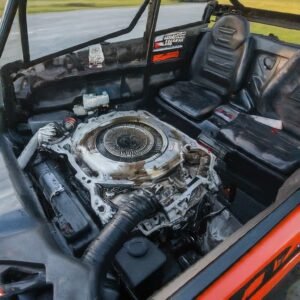
One of the most frequently reported issues with the Kawasaki Mule 3010 is difficulty starting the engine. This can be caused by several factors, including a weak battery, corroded connections, or a faulty starter motor.
Another common problem is overheating, which can result from a clogged radiator, low coolant levels, or a malfunctioning thermostat.
Engine Not Starting
If your Kawasaki Mule 3010 is having trouble starting, the first step is to check the battery. Ensure it is fully charged and the terminals are clean and tightly connected.
If the battery is in good condition, inspect the starter motor and the ignition switch for any signs of damage or wear. Sometimes, you might need to replace the starter motor.
Overheating Issues
Overheating can seriously damage your engine if not fixed quickly. Start by checking the radiator for any obstructions or debris that could impede airflow.
Ensure the coolant level is adequate, and inspect the hoses for leaks or cracks. If the radiator and coolant system are in good condition, the thermostat may need replacement. Also explore the problems of Kawasaki Mule Pro Max.
9. Brake Problems
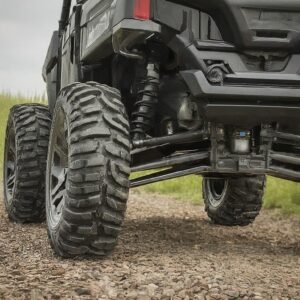
One of the most reported issues with the Kawasaki Mule 3010 is brake failure or reduced braking efficiency.
This can be caused by several factors, including worn-out brake pads, contaminated brake fluid, or a faulty brake master cylinder. It’s crucial to identify the exact issue to apply the correct fix.
Identifying Worn-Out Brake Pads
Brake pads are essential for the braking system to function correctly. Over time, they can wear out, leading to poor braking performance.
Signs of worn-out brake pads include squealing noises, longer stopping distances, and a grinding sound when applying brakes.
It is recommended to inspect and replace brake pads every 10,000 to 20,000 miles, depending on your driving conditions.
Checking and Replacing Brake Fluid
Brake fluid is essential for the hydraulic braking system. If the fluid becomes contaminated with moisture or debris, it can lead to brake failure.
It’s advisable to check the brake fluid level regularly and replace it every two years. Use DOT 4 brake fluid as it is compatible with the Kawasaki Mule 3010.
Addressing Brake Master Cylinder Issues
The brake master cylinder is responsible for generating the hydraulic pressure needed for braking. If it fails, you may experience a spongy brake pedal or complete brake failure.
Inspect the master cylinder for leaks and replace it if necessary. A faulty master cylinder can significantly compromise your safety, so prompt attention is essential.
10. Clutch Problems
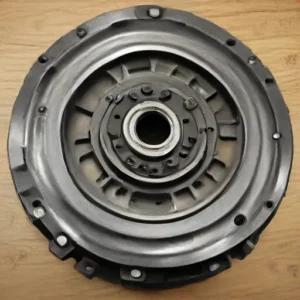
One of the most frequent issues with the Kawasaki Mule 3010 clutch is slipping. This can be caused by worn-out clutch plates or improper adjustment.
Another common problem is a grinding noise, which usually indicates that the clutch bearings are failing or there is an issue with the clutch alignment.
Finally, stiffness in the clutch pedal can be a sign of cable wear or insufficient lubrication. Also explore the problems of Kawasaki KRX 1000.
Diagnosing Clutch Issues
To diagnose clutch problems in your Kawasaki Mule 3010, start by checking the clutch plates for wear and tear. A visual inspection can often reveal if the plates are worn out.
Additionally, listen for unusual noises when the clutch is engaged; grinding or squealing sounds can point to bearing issues.
Lastly, test the clutch pedal for stiffness or resistance, which may indicate a problem with the clutch cable or linkage.
Solutions
If you find that the clutch plates are worn, replacing them is the best course of action. For grinding noises, inspect and possibly replace the clutch bearings.
To address stiffness in the clutch pedal, lubricate the clutch cable and check for any signs of wear.
Regular maintenance, such as periodic lubrication and timely replacement of worn parts, can significantly extend the life of your Kawasaki Mule 3010 clutch.
11. Steering Problems

One of the most reported issues is heavy or stiff steering, which can make maneuvering the vehicle difficult. This problem is often caused by inadequate lubrication in the steering column or worn-out components.
Another common issue is a loose steering wheel, which can result from a worn steering rack or loose bolts. Both of these problems can compromise the safety and efficiency of your vehicle.
Solutions
Addressing these steering problems can be straightforward with the right approach. For stiff steering, I recommend checking the lubrication of the steering column.
Regularly applying a high-quality lubricant can significantly reduce friction and improve ease of steering. If the issue persists, inspect the steering components for wear and tear, and replace any damaged parts.
For a loose steering wheel, start by tightening any loose bolts in the steering assembly. If the problem continues, it may be necessary to replace the steering rack.
I advise consulting the vehicle’s manual for specific instructions or seeking professional assistance to ensure the issue is resolved correctly.
Conclusion:
By following this guide you can easily get rid from the Kawasaki Mule 3010 problems because here I provide the complete guide about it.

